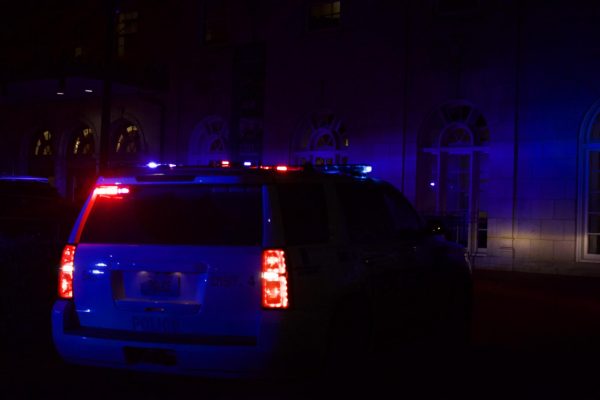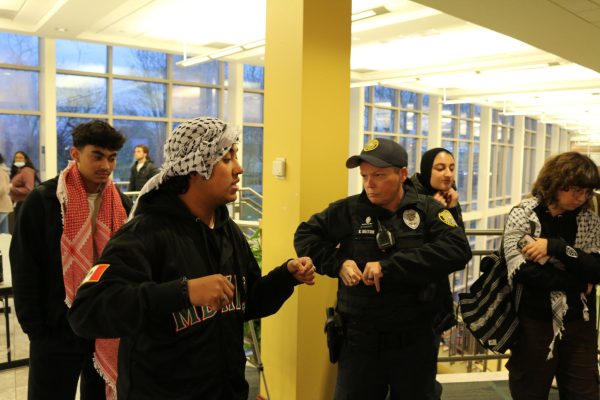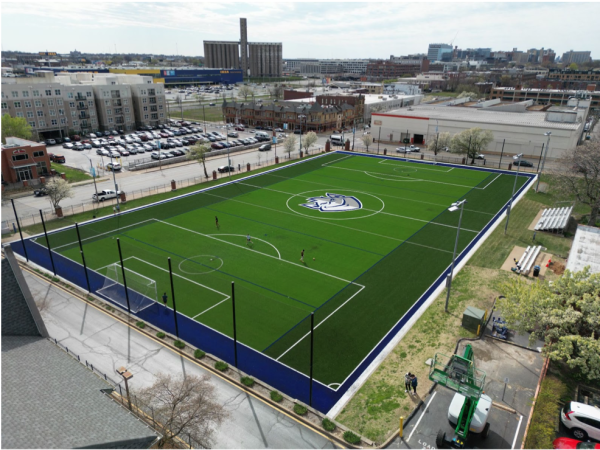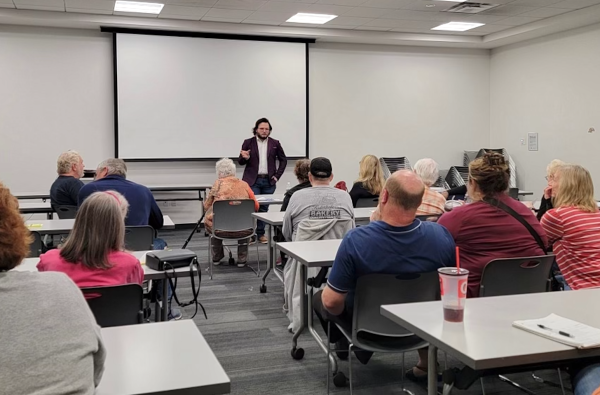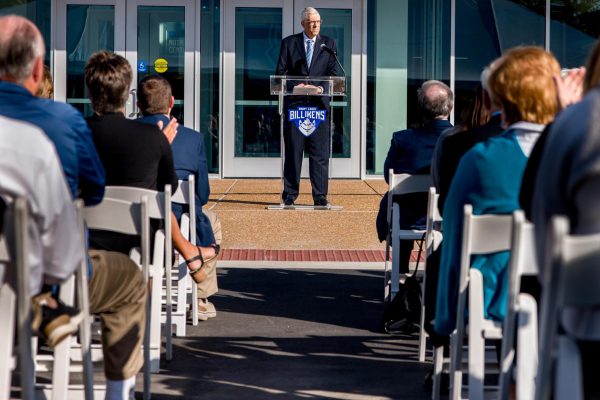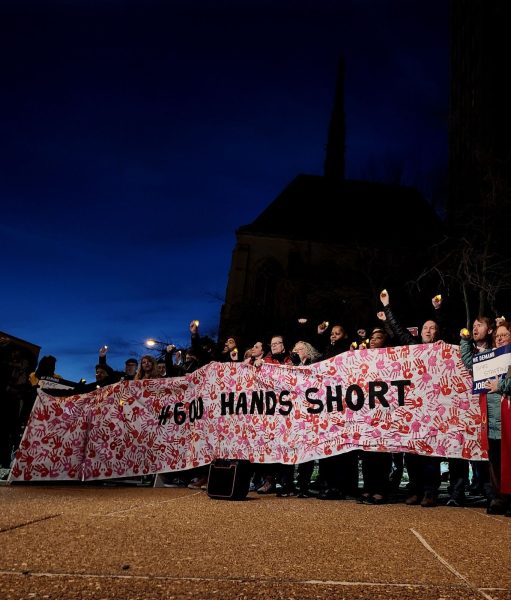DPS: An Inside Look
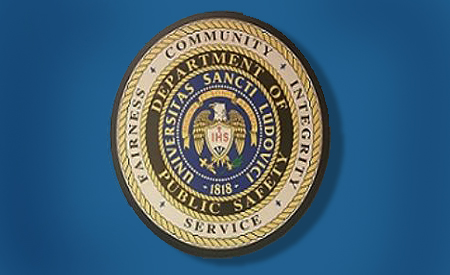
UNews spoke to DPS Capt. James Moran, a former officer of the St. Louis City Police Department for 37 years who has been at SLU for four. Capt. Moran explained what a typical day for DPS looked like here at SLU.
“We have a staff of 80 officers, and on most days, we have from 12 to 15 officers on each shift patrolling the campus,” said Moran. “We are licensed by the security division of the St. Louis City and County police departments,” he continued, “so we are only permitted by our license to patrol campus property. We patrol the streets, but other than the section of Laclede between Grand and Spring Halls, the streets technically are not on our campus.”
However, obviously the job of DPS officers isn’t always incident-free. In the midst of the Stockley protests in September, a group of protesters peacefully marched at SLU. Many of these protesters were SLU students and marched on campus and into the Grand Dining Hall. Of course, DPS was there to monitor the situation and had to make decisions about how to handle it.
“Events like that you can’t really plan for, because you don’t know exactly what is going to happen,” said Moran. “We increased our staff just to have ourselves prepared for something that might need a little more attention. We knew that tensions would be higher.”
SLU Freshman and Black Student Alliance member, Diana Wulu, said that the initial reaction from some students to the higher security was not a positive one.
“When they first sent out the email about upping the security, some students were a little put-off. Like, okay, so you’re going to send out an email sounding the alarm and making everyone scared but not talk about what happened?” said Wulu.
During the march, only SLU students were permitted to protest on campus, and Wulu said she understood that decision. While Wulu said that she believes that DPS has to protect students in the best way they can, the general feeling from many students is that there is still some work to be done.
“We’ve spoken about it in meetings and about how many African American students, especially male students, have been stopped and asked for their ID on campus,” said Wulu. “DPS needs to get to know us, and know who the students are.”
Moran agreed with this statement, acknowledging that there was dialogue that was happening and needed to continue with the African American community among other students.
“We have had conversations with the African American community about how they may feel less welcomed. We have a liaison in our office that works with them that they can contact, and we want to have conversations with them and continue to communicate with them better,” said Moran. “I encourage my officers to meet as many students as possible, to get to know them, and I hope that the students will do the same.”
DPS continues to focus on their day-to-day job of keeping students safe. Over approximately the last six weeks, students at SLU have received around ten notifications from DPS concerning incidents or events occurring on or near SLU’s campus.
Captain Moran explained the normal protocol surrounding responses to calls and how they are reported to the SLU community.
“Each call is evaluated by our dispatchers, and if it is a serious call, usually two officers and a supervisor would be sent out. If it is a valid crime, we contact the St. Louis City Police Department,” said Moran. As far as notifying the campus, Moran said they evaluate each situation individually.
“There are two types of alerts that we send. The first is the emergency alert, which means that there is an immediate threat on campus of a serious nature, that we need to alert students of so they can do something to keep themselves safe,” said Moran. “The second is the timely warning, which is sent out after an event that has occurred and ended and was of a serious nature.”
Moran said that overall, DPS just aims to keep students safe the best they can.
“If I could say anything to SLU students, my first message would be to just remember that my officers are human beings, too. They’re not robots, and they have the same human characteristics as everyone,” said Moran. “Our mission is to keep this campus safe for all students and for visitors.”
Your donation will support the student journalists of Saint Louis University. Your contribution will help us cover our annual website hosting costs.


